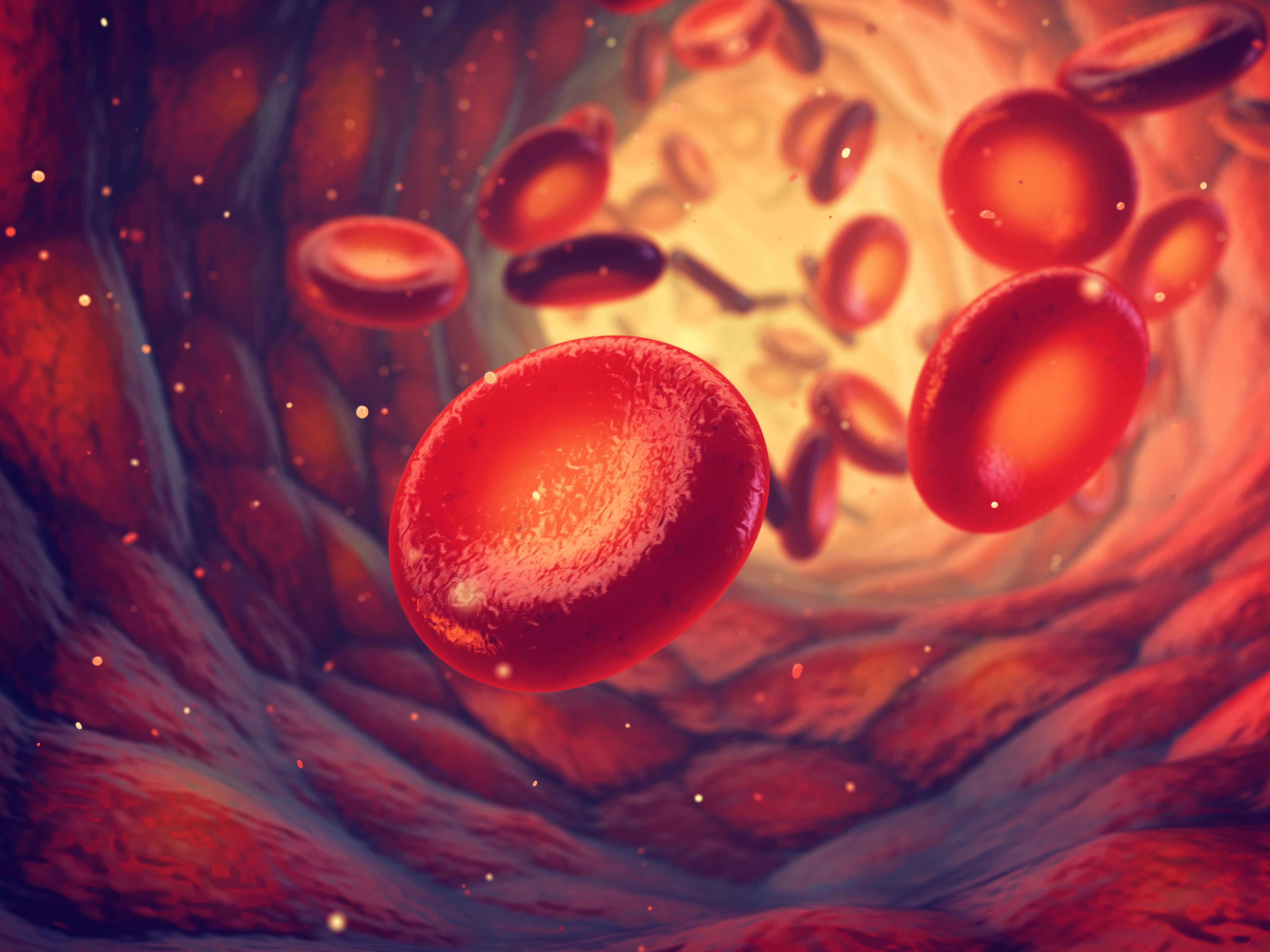- Bone Health
- Immunology
- Hematology
- Respiratory
- Dermatology
- Diabetes
- Gastroenterology
- Neurology
- Oncology
- Ophthalmology
- Rare Disease
- Rheumatology
Phase 1 Study Finds Comparable PK, PD Parameters in Biosimilar GP40141 vs Reference Romiplostim
A phase 1 analysis confirms that romiplostim biosimilar candidate GP40141 has comparable pharmacokinetic (PK) and pharmacodynamic (PD) parameters in healthy volunteers compared with the reference product.
Romiplostim is is a thrombopoietin receptor agonist approved as a second-line treatment for idiopathic thrombocytopenic purpura, a bleeding disorder caused by an autoimmune attack on platelets, leading to a low platelet count.

The romiplostim biosimilar candidate GP40141 (Geropharm) demonstrated comparable pharmacokinetic (PK) and pharmacodynamic (PD) parameters in healthy volunteers to the reference product (Nplate), according to a study of healthy male participants.
Romiplostim is a thrombopoietin receptor agonist approved as a second-line treatment for idiopathic thrombocytopenic purpura (ITP) by the US FDA and European Medicines Agency. ITP is a bleeding disorder caused by an autoimmune attack on platelets, leading to a low platelet count. Romiplostim stimulates the production and growth of platelets in bone marrow.
Analytical studies have previously shown similar structure, biological activity, preclinical studies demonstrated similar PK and PD profiles in animals, and the current study aimed to compare PK and PD parameters and safety of GP40141 with the reference product in healthy humans.
In this randomized, double-blind crossover study, 56 healthy male participants were randomized to receive a single subcutaneous dose each of GP40141 in the first period of the study and Nplate in the second, or in the opposite order. The first period was followed by a 33-day washout period.
According to the authors, GP40141 and the reference product “exhibited similar PD profiles.” The 90% CI of the geometric mean ratios for the primary PD endpoints were within the predefined equivalence margins of 80% to 25%. For area under the platelet count curve from time 0 to the time of the last sampling, the 90% CI was 98% to 102% and for maximum observed platelet count, the 90% CI was 98% to 106%.
Several secondary PK and PD endpoints were also reported. For example, mean (SD) the area under the curve from time 0 to the time of the last observable concentration was 3182 (2252) and 2763 (1744) pg/ml x h in the biosimilar and reference product groups, and the maximum plasma concentrations of romiplostim (Cmax) were 44 (28) and 40 (22) pg/ml.
Regarding safety, no adverse events were observed by the investigators following administration of the biosimilar or reference product. They reported “no deviations from normal values or clinically relevant deviations” in complete blood counts, biochemical profiles, vital signs, or injection site tolerability. There were no discontinuations for safety or tolerability reasons. They concluded GP40141 showed a comparable PD profile to that of the reference product, supporting the similarity of GP40141 to the reference romiplostim.
Reference
Makarenko I, Dorotenko A, Noskov S, et al. A randomized, double-blind, comparative study of the pharmacodynamics and pharmacokinetics of GP40141 (romiplostim biosimilar) and reference romiplostim in healthy male volunteers. Pharmacol Res Perspect. 2023;11(5):e01125. doi:10.1002/prp2.1125
Newsletter
Where clinical, regulatory, and economic perspectives converge—sign up for Center for Biosimilars® emails to get expert insights on emerging treatment paradigms, biosimilar policy, and real-world outcomes that shape patient care.
